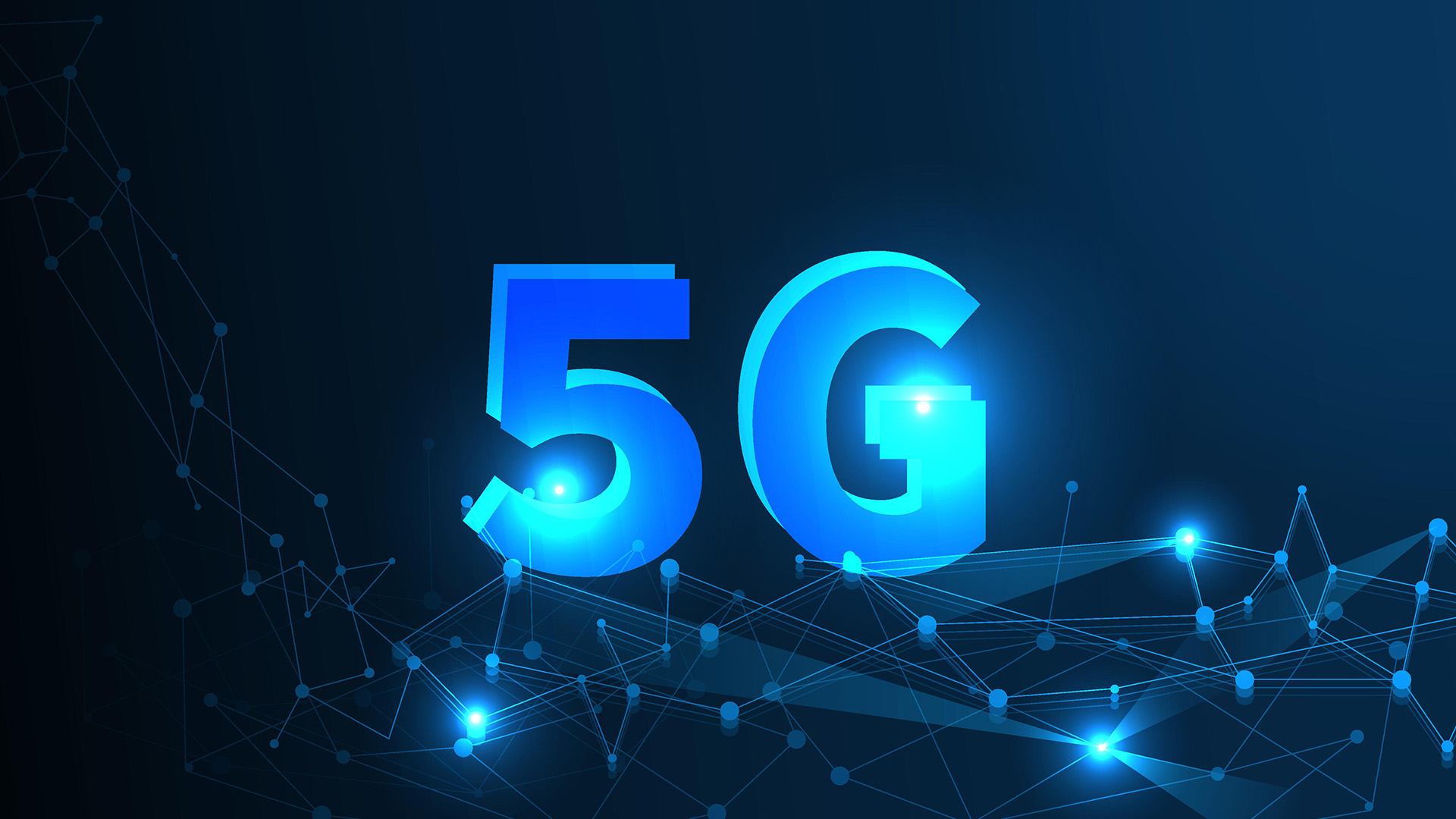What's the difference between private 4G LTE and private 5G?

What's the difference between private 4G LTE and private 5G?

Many enterprises are deploying private 4G LTE (short for Long Term Evolution) and private 5G networks for use cases where the coverage, security and compatibility of public cellular networks cannot be provided by Wi-Fi. In 4GLTE and 5G networks, edge devices transmit data over radio waves to radio access network (RAN) transceivers, which then transmit messages to the core network. The Industrial Internet of Things (IIoT) is one of the most prevalent use cases for private 4G LTE and private 5G networks.
4G is the most widely used mobile technology in the world, entering the market in 2010. It is primarily responsible for integrating smart devices into everyday use. With an average download speed of up to 100mbps, 4G networks can download high-definition video files, 3D games, music streaming, virtual reality, and many other services. The distinction between public 4GLTE networks and private networks is the same for 5G, prioritized access and isolation, as mentioned above.
While private 5G networks are an evolution of 4GLTE networks, they can still work together as part of an enterprise's private network. It is possible to have a dedicated cellular network using 4G LTE and 5G as techno they operate on different frequency bands, minimizing potential interference even in the same area. This is an added advantage that 4GLTE and 5G networks offer over Wi-Fi. Unlike 4G and 5G, Wi-Fi uses unlicensed spectrum and frequency bands, and congestion can occur in densely populated areas with limited bandwidth.
4G LTE and 5G networks are also compatible with public networks, allowing deployment in hybrid multi-access edge computing (MEC) environments. Multi-access edge computing is a development of cloud computing, which uses mobility, cloud technology, and to edge computing application hosts from centralized data centers to the edge of the network, thereby bringing applications closer to end users and computing services closer to the application created data.
5G is increasingly moving towards software-defined implementations. This trend is known as Network Functions Virtualization (NFV). It started with 4G and has become more widely used with 5G. Instead of using specialized hardware, ordinary servers are used. One example is RAN functions, which are implemented not with special and expensive hardware devices at the base station, but with standard servers and software running on them.